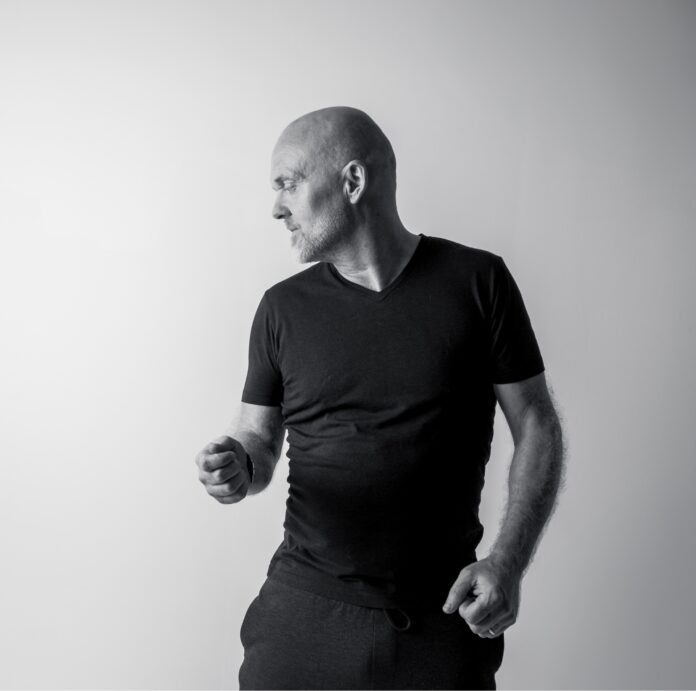Studio Ghibli has a history of adapting western literature into feature-length films, with movies like Ponyo, When Marnie Was There and Tales From Earthsea all being adaptations of western books. However, of the various authors Studio Ghibli draws from, one writer stands out: Diana Wynne Jones. The late fantasy writer's work has been adapted twice by Studio Ghibli. The first adaptation, Howl's Moving Castle, was directed by Hayao Miyazaki, while Jones's last work, Earwig and the Witch, was adapted by Miyazaki's son, Goro Miyazaki.
Suppose you've never read the novels the films were based on. In that case, you might believe that based entirely on which film was received better critically, Howl's Moving Castle is the more faithful adaptation. However, the opposite is true. Howl's Moving Castle drastically diverges from the source material, while Earwig and the Witch is an entirely faithful adaptation.
Howl's Moving Castle Diverges Entirely From the Book
When making Howl's Moving Castle, Hayao Miyazaki took components from the original novel and then rewrote the story to fit his interests. There are still faithful elements of the original book -- mostly in the first act. Sophie is a hat maker who is cursed to be an old woman by the Witch of the Waste, a former lover of the sorcerer Howl. Sophie goes to work at Howl's moving castle as a caretaker. Calcifur -- the fire demon under Howl's command -- promises to break Sophie's curse if she can void the contract he signed with Howl.
However, everything after the first act of Miyazaki's film is almost entirely different. In the book, Howl is far vainer, often spending hours getting ready in the bathroom and making up tons of wicked stories about himself solely to avoid doing anything. While tasked with killing the Witch of the Waste after the prince goes missing, Howl only bothers to do so when Sophie goes off to rescue Howl's love interest, who she believes the Witch of the Waste kidnapped.
In truth, the love interest turns out to be a fire demon who wants to fuse Howl, the prince and a wizard named Suliman into a perfect human being for the Witch to marry -- and turn into a puppet king. Eventually, Sophie breaks Calcifur and Howl's bond, which, like in the film, was forged by Howl giving Calcifur his heart. They ultimately defeat the fire demon, and Calcifur breaks Sophie's spell, but because he likes Sophie, he sticks around the two anyway.
There are also loads of smaller characters who appear throughout the story, adding layers to Howl's complex world. It should also be noted that there were two sequels to Howl's Moving Castle -- Castle in the Air and House of Many Ways. The latter was written after Miyazaki's film adaptation.
Why is Howl's Moving Castle So Different?
The film version of Howl's Moving Castle drastically diverged from this plot, and some changes are unsurprising for Miyazaki. The Witch of the Waste becomes a far more sympathetic antagonist, which fits Miyazaki's typical storytelling style, where villains tend to be very human characters. There are more sequences of flying, plus Sophie's curse is far different, reflecting her perspective of herself. As a result, rather than have Calcifur break the curse, Sophie's character arc breaks it. And instead of the prince, Miyazaki's adaptation has Turnip-Head, a scarecrow.
While Suliman is the King's Head Magician in both stories, in Miyazaki's film, Suliman takes on the primary antagonist's role, being in part responsible for a pointless war. While still vapid, Howl is a far more motivated character, willing to destroy his body through monstrous transformations to fight a war. Miyazaki added this war subplot as a direct reaction to America's invasion of the Middle East following the 9/11 Terrorist Attacks. With this context, the film is a clear fairy tale that uses its war to argue pacifist philosophy.
Earwig and the Witch, a Faithful Adaptation
On the other hand, Earwig and the Witch is an incredibly faithful adaptation to the original novel. Unlike the far more complex Howl's Moving Castle, the plots are a one-to-one direct adaptation, and Earwig and the Witch is a short children's novel. It's the story of a mischievous child, adopted by a witch named Bella Yaga, as "an extra set of hands." Bella Yaga lives with her partner, the Mandrake, an enigmatic entity of possibly demonic origins.
Goro Miyazaki's film is incredibly faithful to the original text, which might be the problem. Earwig and the Witch is just a concise, straightforward book for kids. As such, many fans were disappointed the film wasn't another Howl's Moving Castle in terms of its scope. However, in many ways, Earwig and the Witch is the kind of story Diana Wynne Jones excelled at: social-centered fantasy tales. Stories like this often work better as novels but not necessarily as a three-act film.
When adapting a work, sometimes a director needs to diverge for the story to fit the medium better or improve upon the original work's perceived faults. Earwig's breezier style draws a lot of criticism from critics, but that style works very well in the original novel. What works in one medium doesn't always work in another -- or, at least, not without changes.
About The Author

